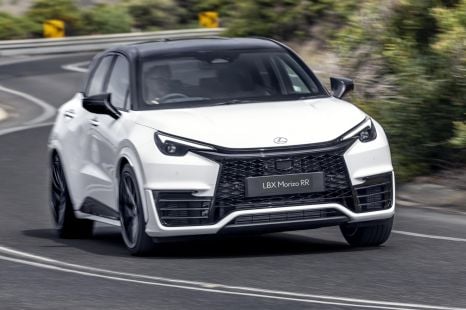

Josh Nevett
8
5 Days Ago
Merging in traffic may seem logical, Australia's states and territories have different rules as to how you should go about the process.

Some people see indicating when merging as a common courtesy — letting other road users know that you’re planning to move across is a simple and smart thing to do.
In theory it should be simple. Some newer cars have indicator stalks that are unnecessarily complicated to cancel when you try to merge… but it should be a piece of cake.
However, did you know you could be fined, and even be penalised with demerit points, for not indicating when merging? And do you know what the broken lines represent when you’re merging?
In NSW, the rules around changing lanes state that a driver “must give way to vehicles in the lane you’re moving into”, and further, that if you’re attempting to move into another lane, “you must indicate to let others know” and “make sure your indicator is off after you’ve merged or changed lanes”.
“When the lane you’re driving in is ending and you need to cross a broken line to move into another lane, you must give way to vehicles already in that lane – for example, when you’re joining a motorway.” See illustration below:

NSW Transport states: When a car is crossing a broken line to change into another lane (Car A), it must give way to vehicles already in that lane (Car B).
Most of us probably thought that the rule would be “whoever is in front gets to go”, and that seems to be the behaviour that plays out on roads around Australia. But the onus is on the merging car to ensure it is safe to do so.
If you attempt to make the move without indicating, you could be fined $227 and hit with two demerit points.
However, the difference between that situation and an actual ‘merge’ is the line markings on the road.
This example from NSW Transport helps show what the key difference is:

NSW Transport states: When two lanes reduce to one lane, the car trailing behind (Car B) must give way to the car ahead (Car A).
“When you’re driving on a road and the number of lanes or lines of traffic reduces, and there are no longer any road markings, you must give way to the vehicle that’s ahead of you. This is called a zipper merge,” according to the state’s transport laws.
Note that there are no indicators required for this type of merge.
The rules are the same in the Northern Territory, with slightly different wording:
“If the line ends before the lanes merge, the vehicle behind must give way to the vehicle in front. When the lane ends and you have to cross the lines to merge, you must give way.”
The fine for “fail to signal turns, change lane, stop” is $60 in the NT.

The Australian Capital Territory has a slightly different take on things, with a hardline approach to merging with its “form one lane” road markings:
“A and B must both be prepared to give way or both may be charged following a collision.”
DIAGRAM 1: Sometimes the lane separation line will end and both lanes of traffic are required to merge into one lane. When merging in such cases, the vehicle that is ahead has the right of way over the trailing vehicle.
DIAGRAM 2: You should use care, commonsense and courtesy when merging.
Further, there are situations where the marked line continues (diagram 3), and in that instance: “Lane changing procedures are required when one lane ends and you are required to merge into another lane. This includes using your mirrors, indicators and doing a head check. If you have to cross a lane line, or merge line, you MUST give way to any vehicles in the lane that you wish to enter. You must not cross unless it is safe to do so.”
The penalty for failing to signal appropriately in the ACT is $326 and two demerit points.
In Victoria, the rules are slightly different.
VicRoads states:
Interestingly, VicRoads illustrates that even in zip merge situations, the driver ahead must indicate. If you “fail to give signal”, you could be fined $198 and cop two demerit points.
Queensland follows the same mindset as Victoria, with the state’s transport authority positing that all drivers must indicate when merging, whether there are lane-markings or not.
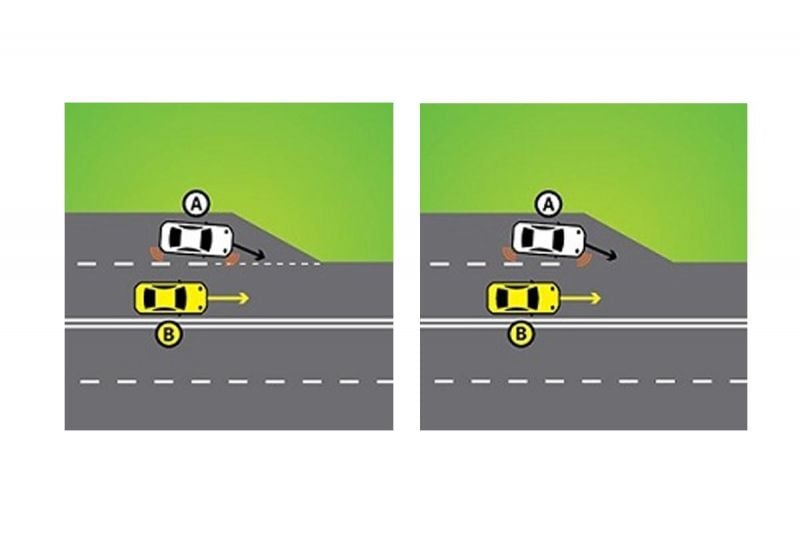
Failure to signal correctly in Queensland could net you a $96 fine and two demerits.
In South Australia:
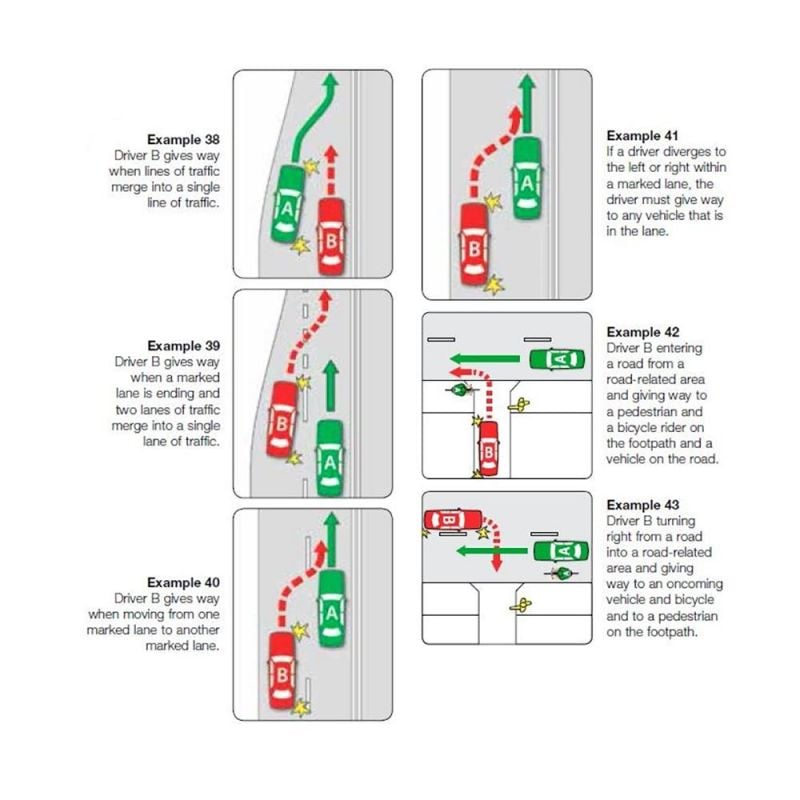
South Australian police could enforce a three demerit point, $502 penalty for “fail to give way when changing lanes”.
Tasmania police will hit you with two demerits and a $146 fine for failing to signal, and you could cop that fine in either of the following situations:

Western Australia:
WA Transport reminds motorists to “always use your indicator to signal your intentions to other drivers when merging”. The state may impose fines and demerit points, with interesting wording for the offences: Failing to give way when merging (two demerit points, $100); Failing to give way when changing lanes (three points, $100).
It is always advisable to be aware of the laws and regulations applicable to the jurisdiction that you live in.
Not intended as legal advice. Check with the relevant roads authority in your state or territory.


Josh Nevett
8
5 Days Ago
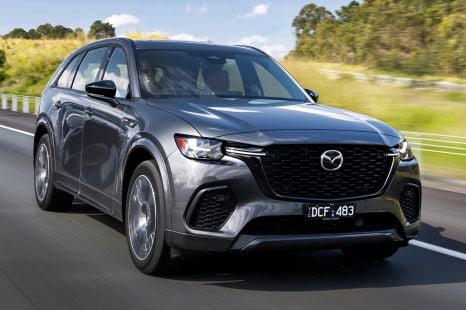
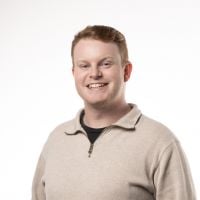
Jack Quick
7.9
4 Days Ago


Neil Briscoe
3 Days Ago


William Stopford
8.5
2 Days Ago


James Wong
7.9
1 Day Ago


Damion Smy
19 Hours Ago